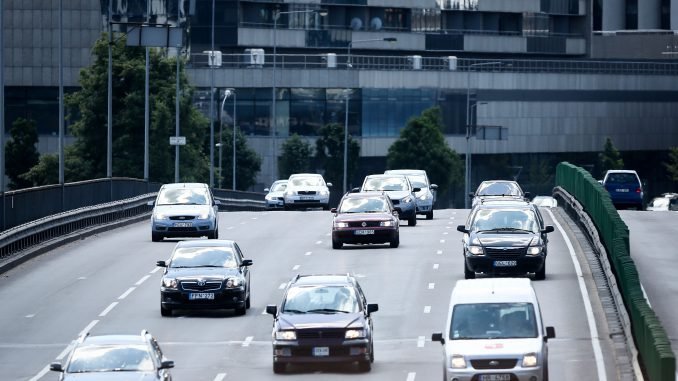
The 52 projects were selected from Multi-Annual Call (with EUR 230 million of funding) and the 54 from the Annual Call in 2013 (with EUR 90.7 million of funding). Calls for new projects will be announced in September 2014.
Present EU’s financial support will be used to bring forward the completion of the TEN-T network as well as studying innovative ways of reducing the transport sector’s carbon footprint.
European Commissioner and Vice-President, Siim Kallas, responsible for transport, underlined that EU funds and financial assistance will support over one hundred new projects under the 2013 TEN-T Calls. He argued that “these key projects with European added value will contribute to delivering a complete transport network supporting seamless mobility of goods and people throughout the European Union”.
Five module areas
The EU funding provides EUR 230 million of funding to 52 projects financing the highest priorities of the TEN-T network, focusing on five modal areas:
– Air Traffic Management (ATM) – 6 projects selected, EUR 9.39 million in funding;
– European Rail Traffic Management System (ERTMS) – 10 projects selected, EUR 37.63 million in funding;
– Intelligent Transport Systems (ITS) – 6 projects selected, EUR 52.81 million in funding;
– Motorways of the Sea (MoS) – 15 projects selected, EUR 78.10 million in funding, and
– Priority Projects (PPs) – 15 projects selected, EUR 52.07 million in funding.
Priority areas
The 2013 Annual Program Call gives financing for a similar number of projects (54 in total) covering the different modes of transport, but also focusing on the decarbonisation of transport. This funding grants EUR 90.7 million in total to support projects in two main priority areas:
– Priority 1 – Studies concerning the acceleration/facilitation of the implementation of TEN-T projects – 27 projects selected, €27.03 million in funding;
– Priority 2 – Measures to promote innovation and new technologies for transport infrastructure and facilities contributing to decarbonisation or the reduction of the external costs in general – 27 projects selected, €63.66 million in funding.
The projects will be monitored by the Innovation and Networks Executive Agency (INEA), working together with the project beneficiaries across the Member States and under the auspices of the Directorate-General for Mobility and Transport of the European Commission.
These last TEN-T selection decisions pave the way for the first Calls for Proposals which will be issued under the transport part of the Connecting Europe Facility (CEF) in September 2014.
Innovation and Networks Executive Agency (INEA)
The Innovation and Networks Executive Agency (INEA) is the successor of the Trans-European Transport Network Executive Agency (TEN-T EA), which was created by the European Commission in 2006 to manage the technical and financial implementation of its TEN-T program.
INEA officially started its activities on 1 January 2014 in order to implement the following EU programs:
– Connecting Europe Facility (CEF);
– Parts of Horizon 2020 – Smart, green, and integrated transport + Secure, clean and efficient energy, and
– Legacy programs: TEN-T and Marco Polo 2007-2013
INEA’s main objective is to increase the efficiency of the technical and financial management of the programs it manages.

Be the first to comment